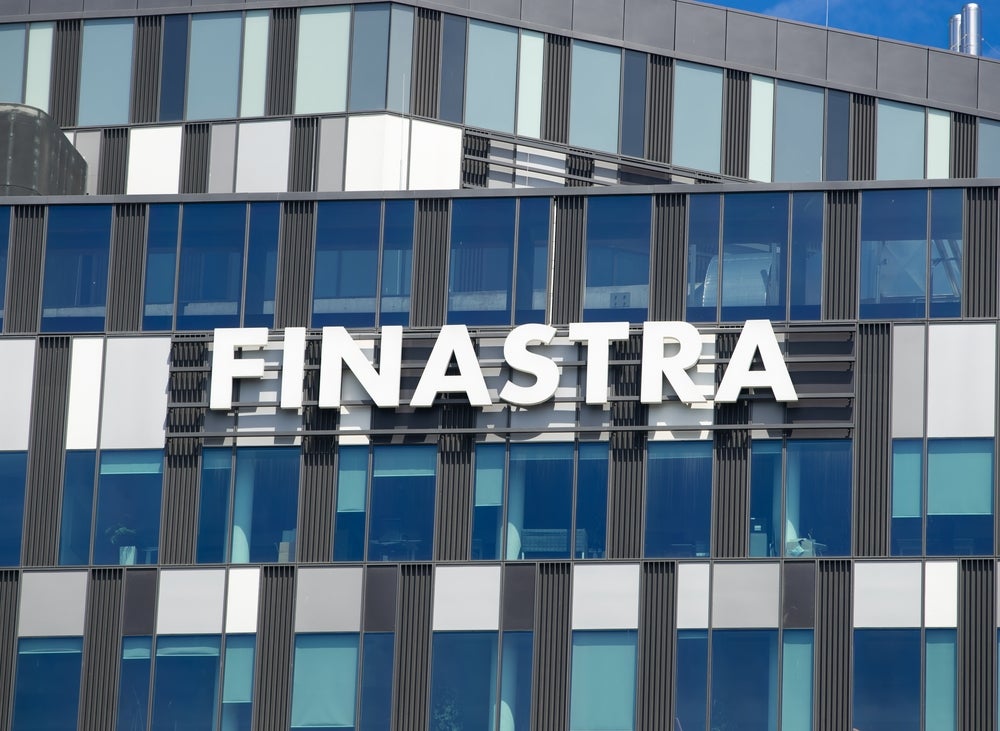Almost half of the
Philippines’ population, about 100 million people, do not have bank
deposit accounts, but Bank of the Philippine Islands is trying to
make access to financial services simply a text message away
through the establishment of a mobile microfinance bank.
Elena Torrijos
reports.
Publicly listed Bank of the
Philippine Islands (BPI), the country’s third-largest lender, and
sister firm Globe Telecom, the country’s second-largest
telecommunications company, have set up a microfinance bank with a
twist: it will use the mobile phone as the main delivery
channel.
Through the new bank, in which BPI and Globe
have a 40 percent stake and parent firm Ayala Corp has a 20 percent
stake, the Ayala group is seeking to further integrate its
operations in both microfinance and mobile commerce. The planned
institution will be called BPI-Globe BanKO Savings Bank, and is
expected to start operations by the second quarter of this
year.
“Our whole objective is to bring banking –
that includes saving and lending – to a bigger population, to a
different segment,” says Teresita Tan, executive vice-president at
BPI and president-designate of the new institution.
BPI first introduced mobile banking services
to its clients under a WAP-based system in 2000, but a subsequent
SMS-based system in partnership with Globe has long overtaken the
former.
Globe’s flagship m-commerce service, GCASH,
launched in 2004, provides subscribers access to a cashless and
cardless method of facilitating transactions such as money
remittance, donations, loan settlement, disbursement of salaries or
commissions, payment of bills, products and services with just an
SMS.
How well do you really know your competitors?
Access the most comprehensive Company Profiles on the market, powered by GlobalData. Save hours of research. Gain competitive edge.

Thank you!
Your download email will arrive shortly
Not ready to buy yet? Download a free sample
We are confident about the unique quality of our Company Profiles. However, we want you to make the most beneficial decision for your business, so we offer a free sample that you can download by submitting the below form
By GlobalData“People have mobile phones and they are very
comfortable using that as a channel of choice,” Tan notes, adding
the channel eliminates the handling of physical cash and relies on
a device that a large portion of the target market would have.
A study by the Consultative Group to Assist
the Poor (GCAP) and the GSM Association released in June found
one-half, 1.6 million, of active mobile money users in the
Philippines are unbanked. Also, savings is the most common
financial product in the country, with low-income mobile money
users and non-users reporting average savings of $34 per year. One
out of 10 unbanked mobile money users stores an average of $1 in
his or her mobile wallet.
According to the study, low-income Filipinos
primarily use mobile money to send and receive domestic
remittances, on average sending $57 and receiving $48.
Nevertheless, one-third of mobile money users do not remit money
but use it for other transactions such as topping up of
air-time.
Furthermore, mobile money services have
received a high approval rating from the users, with 92 percent
willing to recommend the services to friends and family and 90
percent feeling their money is safe in a mobile wallet.
Still, getting people to use mobile money
services can be an uphill battle. On a CGAP technology blog, it was
noted that G-Xchange, Globe’s wholly-owned subsidiary running its
m-commerce business, signed up 120,000 new GCASH customers in three
low-income provinces in the Philippines in 18 months and had 200
agents to serve customers there.
However, only 2,000, under 3 percent of the
total, conducted one or more GCASH transactions a month and the
average transaction size was very low at $30.
Despite the difficulties, there is strong
interest from other players to make mobile microfinance services
financially viable. The country’s largest telecom operator, SMART
Communications, is also considering tying up with a bank for a
foray in mobile microfinance services. The company’s president,
Napoleon Nazareno, has been quoted as saying that it has yet to
coordinate with a chosen bank but that it should be a good
venture.
As the Philippines is known as the
text-messaging capital of the world, with 200 million text messages
sent every day, practitioners in mobile banking are also very
upbeat about the development of the channel. Nazareno recently
projected that SMART’s current one million mobile banking users
will double in the next three years.
Tan foresees the development of mobile banking
as following that of the ATM, of which the bank was one of the two
main pioneers in the country. “I am sure once the [number of people
familiar with mobile banking] grows into a very good size, it will
mimic the ATM revolution. It will become the customer’s
requirement. That is how the ATM channel evolved,” she says.
Although declining to give the numbers on
BPI’s mobile banking services, Tan says mobile phone banking
transactions with the bank have experienced “phenomenal
growth”.
BPI offers mobile banking in three ways. One
is through the text-based mobile money services via either Globe or
SMART while the two other ways – surfing BPI’s online facility
through the mobile phone and mobile shopping via retail tie-ups –
are recent launches.
“Using the mobile banking facility, you can buy theatre tickets
through Sure Seats, Nokia phones through partner stores, gift
certificates from Rustan’s [a retail chain]. That’s a very, very
fast-growing sector,” says Tan.
“We are really investing in the channel
because there is a very good market, local and abroad, that uses
it,” she adds.
Tan says 62 percent of all customers’
transactions with BPI are now through what it calls alternative
channels, meaning those outside the branch such as the ATM,
telephone, internet and mobile phone.
“With growth, I think there will be a natural
conversion [from the branch]. What we are seeing is our current
users shift; they are active users of both the mobile internet and
telephone.”
Tan adds as the channel grows, it will also
evolve. From a crude menu-based application, BPI’s mobile phone
banking now is also now delivered through an icon-based
application.
“We are not killing the older version because
people develop habits,” she adds.






